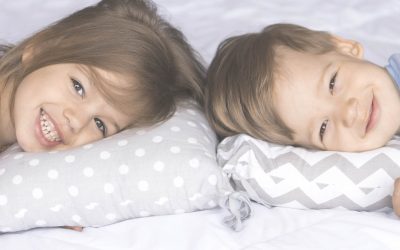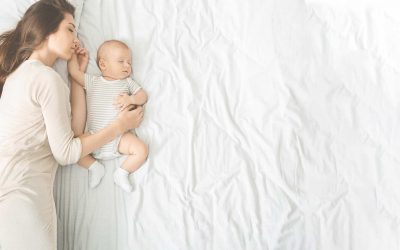5 Ways to Make Your Child’s Bedroom Healthy Sleep Friendly
Many people underestimate the power of a great healthy sleep environment on their child’s sleep quality. Sometimes a few tweaks to your child’s sleep environment are all they need for a great night’s sleep. Here are 5 sleep techniques to make your child’s bedroom or nursery sleep friendly.
Safe and childproofed
It’s always important to make sure that your child’s crib is safe. Make sure the crib is in good condition and assembled properly. If your child is under the age of 1, avoid the use of bumper pads, blankets and pillows to ensure safe sleep for infants. Make sure the mattress is firm, fits the crib properly, and has a properly fitted sheet.
If your child is under the age of 1, avoid the use of bumper pads, blankets and pillows to ensure safe sleep for infants
If your child is in a bed, they have the freedom to move around the room. Make sure the room has been childproofed and there aren’t any dangerous things that they can get into. Get down to their level and imagine what you would get into if you were a toddler or pre-schooler!
When the brain detects darkness it releases a hormone called melatonin, which helps to get your child nice and drowsy and ready for sleep, as well as staying asleep.
Pitch black
Even the tiniest bit of light can lead some kids to have trouble staying asleep, so make sure the room is as dark as possible. Get some room darkening blinds to keep out the evening and early morning light. Try to avoid the use of night lights, and eliminate any light shining underneath the door. When the brain detects darkness it releases a hormone called melatonin, which helps to get your child nice and drowsy and ready for sleep, as well as staying asleep.
Cool, comfortable temperature
With the colder temperature outside, it’s tempting to put the heat up inside, but we all sleep better when the room is on the cooler side – around 20 degrees Celsius. Dress your child warmly in fuzzy pajamas or use a sleep sack to help them stay toasty while sleeping.
Put toys away
Toys in the crib are a hazard for babies under the age of 1, but they are also very distracting. You want your child to be concentrating on sleeping when they are in their crib or bed, so remove all toys, mobiles and flashing lights. These types of toys may look nice in the crib, but they delay the onset of sleep.
The gentle hum not only acts as a sleep cue, but it will also help lull your child to sleep and help them stay sleeping.
White noise
If you have a particularly noisy house or street, white noise can help drown out those external sounds making it easier to establish newborn sleep patterns. The gentle hum not only acts as a sleep cue, but it will also help lull your child to sleep and help them stay sleeping. Just make sure you keep it at a low volume, at least 6 feet from your child’s bed.
Read more on healthy sleep techniques for dropping naps, and how much sleep do babies need.
| how much sleep do babies need? |










